- Blog
- Top Digital Marketing Statistics for Shopify Stores (2026)
Top Digital Marketing Statistics for Shopify Stores (2026)
Table of Contents
Ever feel like everyone else knows something you don’t when it comes to digital marketing?
That sneaky suspicion that your Shopify competitors are somehow cracking the code while you’re stuck tweaking your homepage for the 97th time?
We get it.
That’s why we analyzed the top 1,000 Shopify stores to uncover the digital marketing statistics that actually matter in 2026.
No fluff. Just real data that reveals where the smart money and their digital marketing efforts are going—and where you might be leaving money on the table.
Let’s dive into the top 11 stats shaking up the Shopify ecosystem and the digital marketing industry this year.
Top 11 digital marketing statistics for Shopify stores
What are the top Shopify stores doing right? These 11 stats reveal where growth is booming—and where most are missing out.
1. 96.8% of Shopify stores build an email list
If you’re not building an email list, you’re basically shouting into the void.
Email marketing remains the bedrock of owned media. It’s predictable, cost-effective, and fully under your control: no algorithm surprises or ad platform meltdowns. With 96.8% of top stores actively collecting emails, this isn’t just best practice—it’s survival.
That other 3.2%? They’re flying without a parachute.
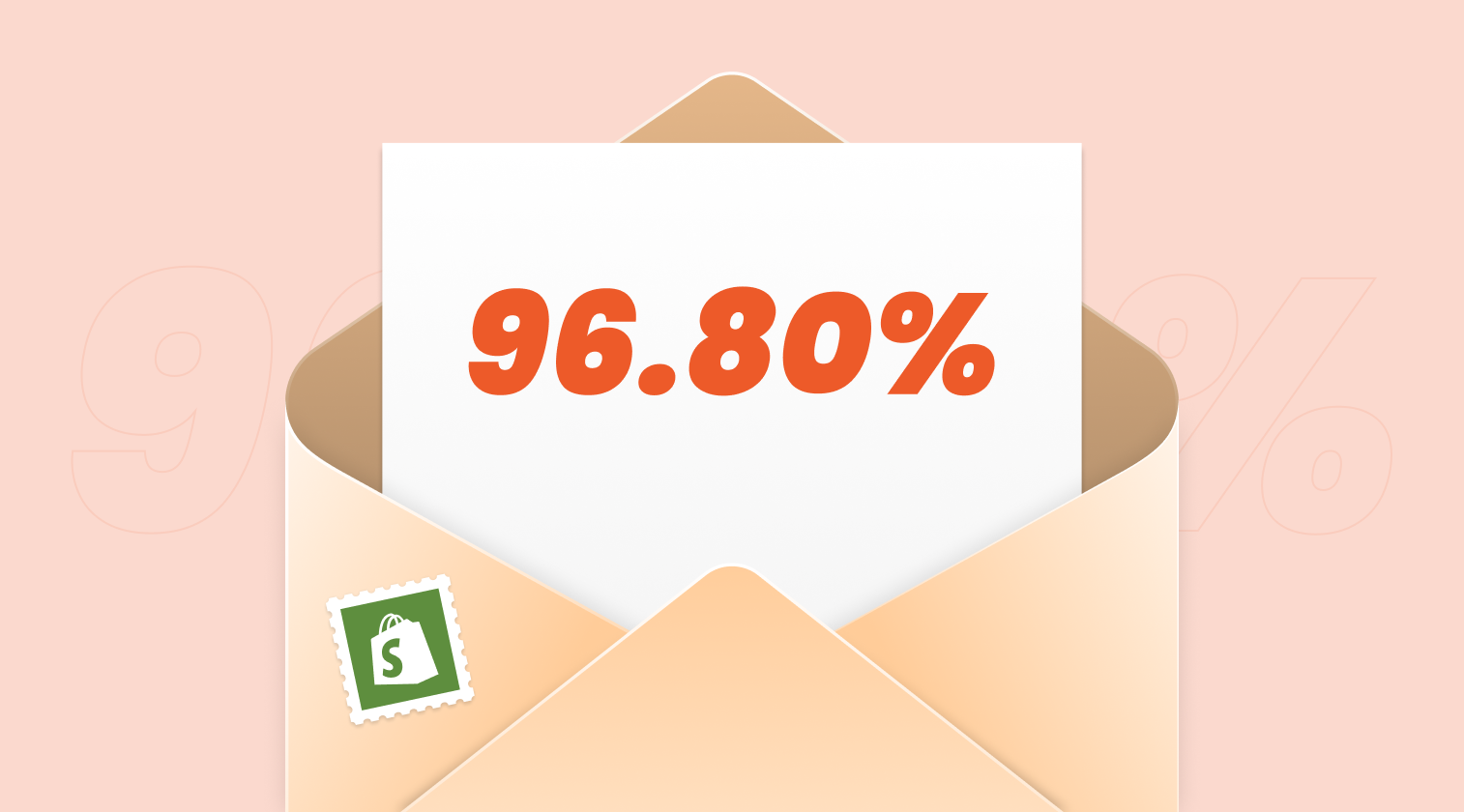
Email marketing statistics show that it’s not just about having a list. Growing it with intent and segmenting wisely are what separate the heavy-hitters from the hobbyists.
Want better performance? Test different lead magnets, optimize your signup flows, and make sure your welcome series doesn’t read like a robot wrote it.
2. 57.9% of stores use SMS marketing
Here’s the stat that should make your marketing heart beat a little faster: SMS marketing boasts a jaw-dropping 98% open rate. And yet, just 57.9% of stores are using it.
Why? Many brands hesitate because asking for both an email and a phone number feels like too much, too soon.
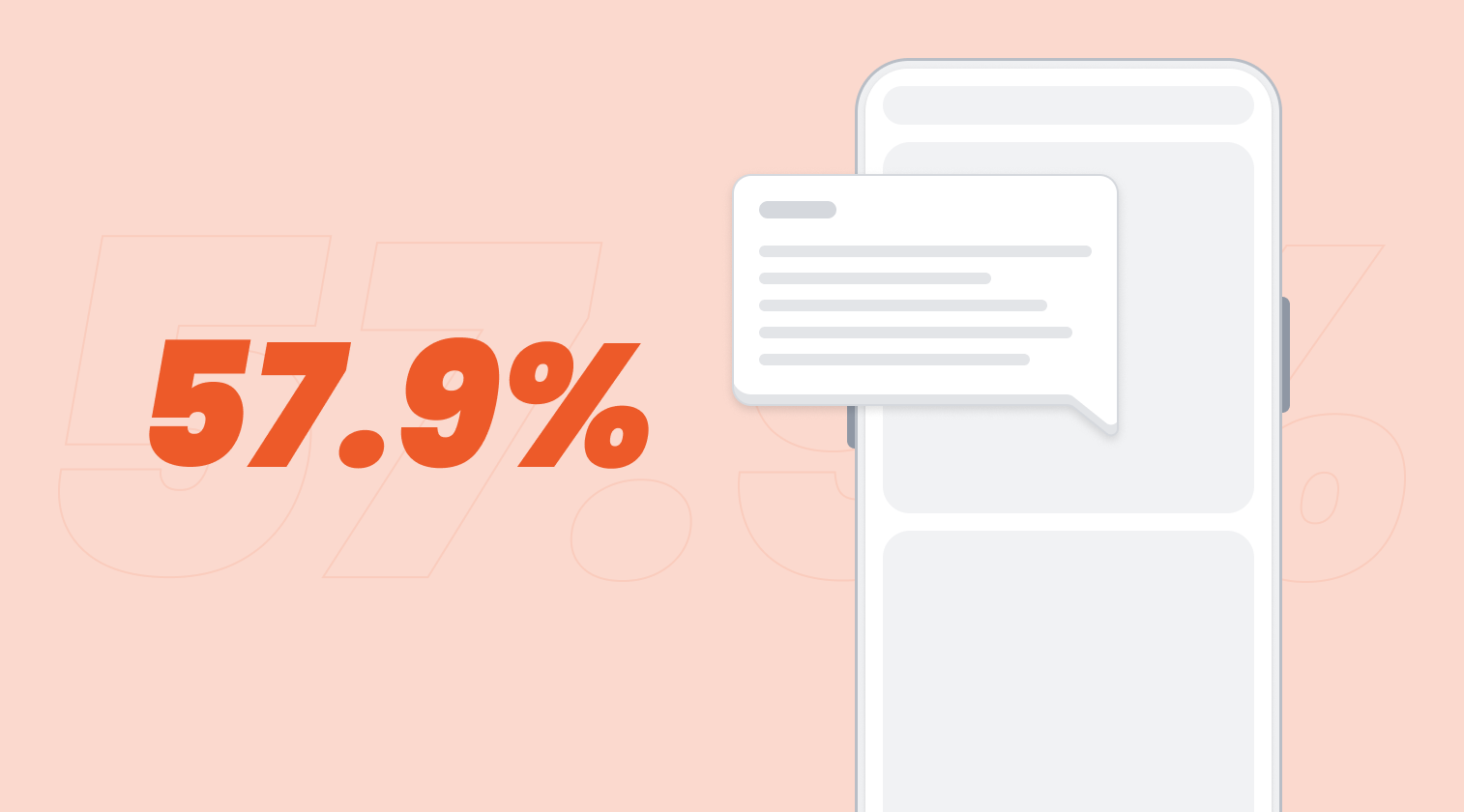
But with a Trojan Horse method—where you ask for the email first, then follow up with the phone number as a “bonus”—you can collect both without hurting your email signup rate.
SMS feels risky to some because it’s so personal. But that’s exactly what makes it powerful.
It’s intimate, immediate, and cuts through the noise. With way less competition than email, it’s ideal for flash sales, cart reminders, and exclusive drops. Just a few well-timed messages a month can drive serious revenue.
3. 39.4% of stores use popups for lead generation
Popups might be annoying, but you know what’s more annoying? Leaving money on the table.
Only 39.4% of Shopify stores are using popups to capture leads. That means 60.6% are missing a proven tactic to grow their email and SMS lists.
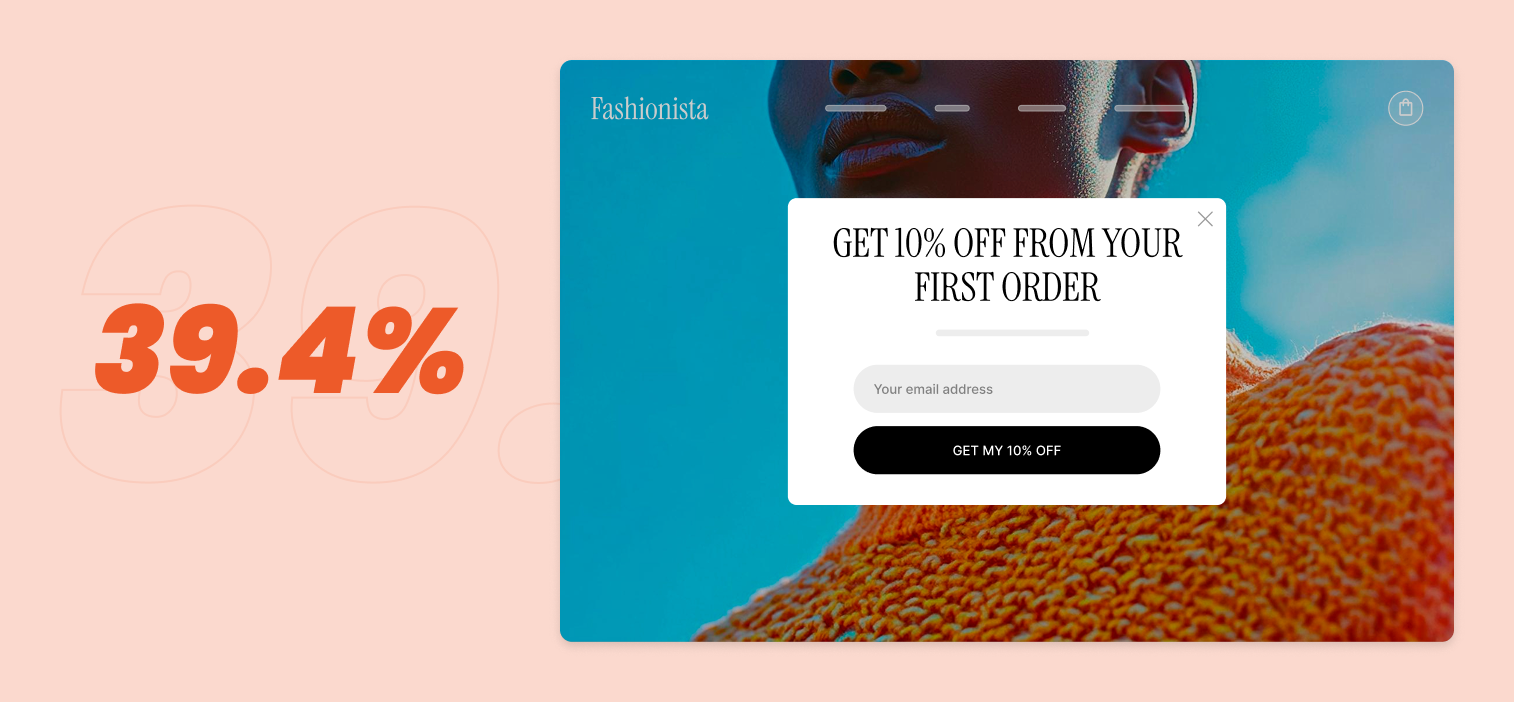
Modern popups are smart, customizable, and, when done right, wildly effective.
Use exit-intent triggers, delay timers, and irresistible offers to turn casual browsers into loyal subscribers. It’s not about being loud—it’s about being relevant at the right moment.
Try these high-converting templates:
4. 84.7% of stores have a blog
Content marketing is still king—and for good reason.
Nearly 85% of top Shopify stores run a blog. Why? Because blogging drives organic traffic, improves SEO, and keeps customers engaged with your brand beyond just products. It also feeds your email list with fresh content and supports product discovery.
Incorporating a solid SEO marketing strategy into your blogging efforts ensures that your content reaches the right audience, enhancing visibility and search engine rankings.
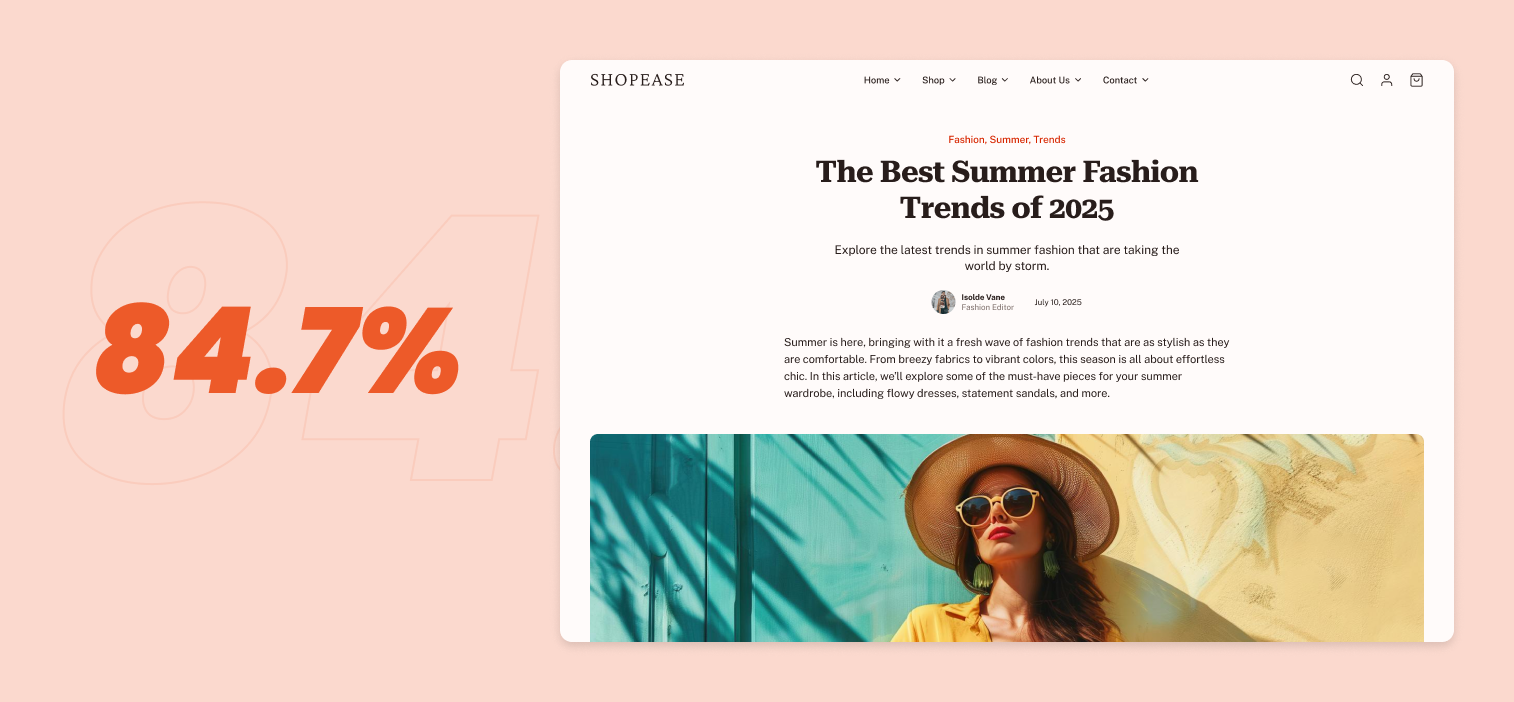
If your blog is collecting dust or nonexistent, it’s time to rethink your strategy. Focus on tutorials, product stories, and customer spotlights. Evergreen content that solves real problems never goes out of style.
5. 77.4% use Meta Ads, 62.7% use Google Ads, and 56.1% use both
Paid ads are still the traffic workhorse.
Meta and Google dominate the digital advertising landscape for Shopify stores, with 56.1% using both platforms in tandem.
Why? Because each serves a different part of the funnel—Meta, as a social media ad platform, is great for discovery and retargeting, while Google excels at capturing intent-driven traffic.
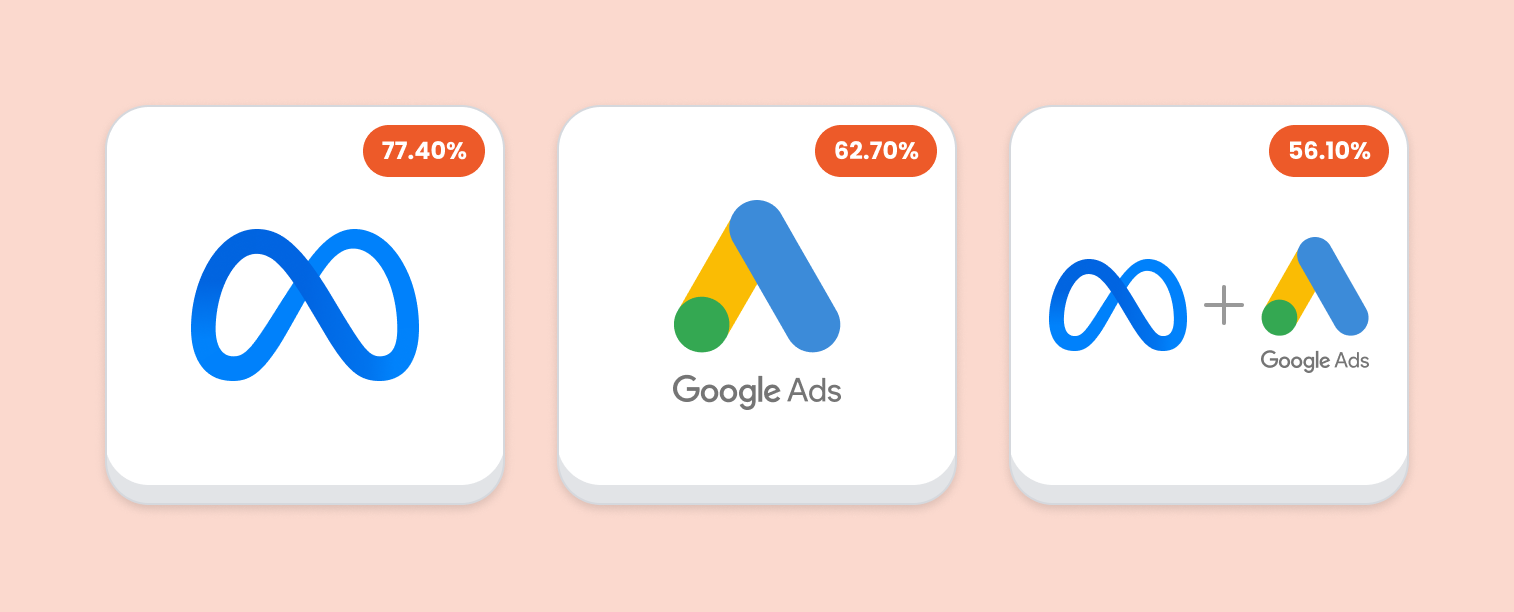
Running both channels strategically allows for full-funnel dominance. Start small, test creative formats, and double down on what converts. And yes, ad fatigue is real—so refresh your visuals and copy often.
6. 49.9% of stores offer live chat, but only 36% use AI chatbots
Half of Shopify stores offer live chat as part of their digital marketing strategy. That’s solid. But only 36% use AI chatbots, which leaves a big opportunity on the table.
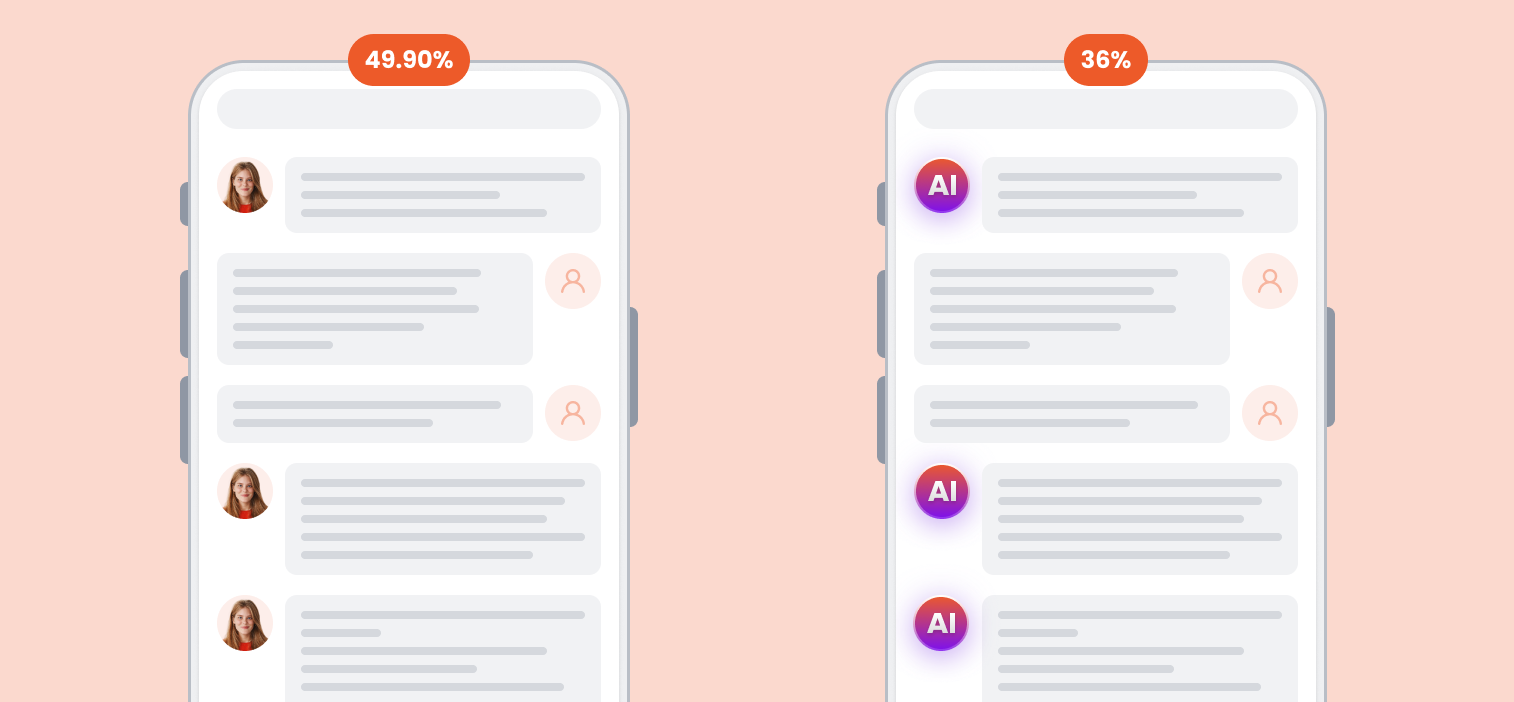
Real-time support boosts conversion rates, especially for high-ticket items or customers on the fence. AI makes it scalable, handling FAQs, product recommendations, and abandoned cart nudges without hiring a full-time team.
Chatbots like Gorgias or Tidio can pay for themselves fast—especially when combined with human support during peak hours.
7. 88.6% offer free shipping
Let’s be honest: free shipping isn’t a perk anymore—it’s expected.
Nearly 89% of Shopify stores offer it. That means if you’re still charging, you’d better have a compelling reason (or an extremely niche product).
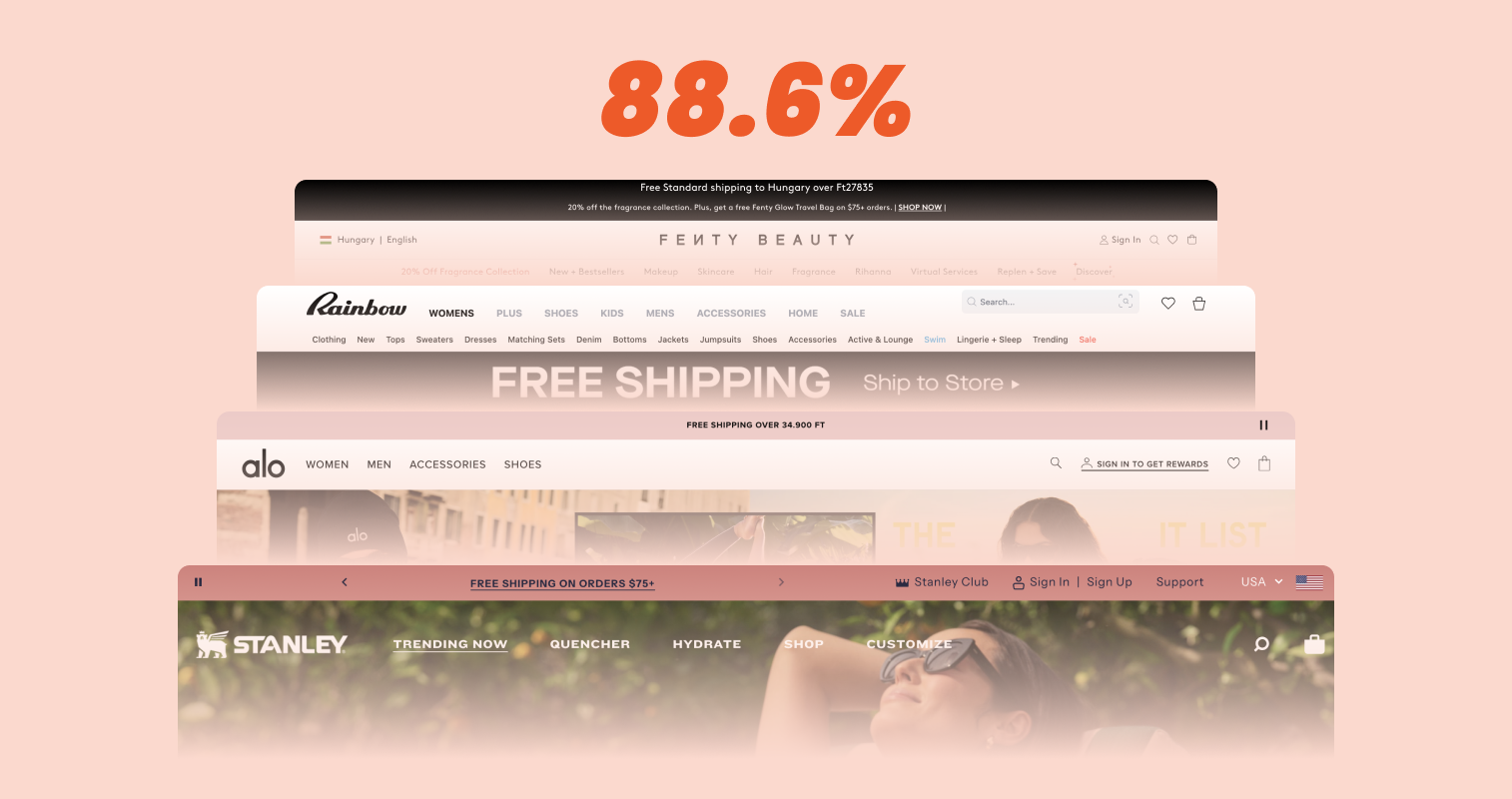
Many brands build shipping costs into their product prices or offer free shipping above a certain threshold to protect margins.
Not sure what will work best for your audience? A/B test different strategies and watch your conversion rates closely.
Steal these templates and start optimizing:
8. 53.3% of stores have a referral program
Referral marketing is word-of-mouth with a megaphone.
Over half of top-performing stores use referral tools like LoyaltyLion, Refersion, or Rivo to drive growth. Why? Because referrals come with built-in trust and cost far less than cold acquisition.
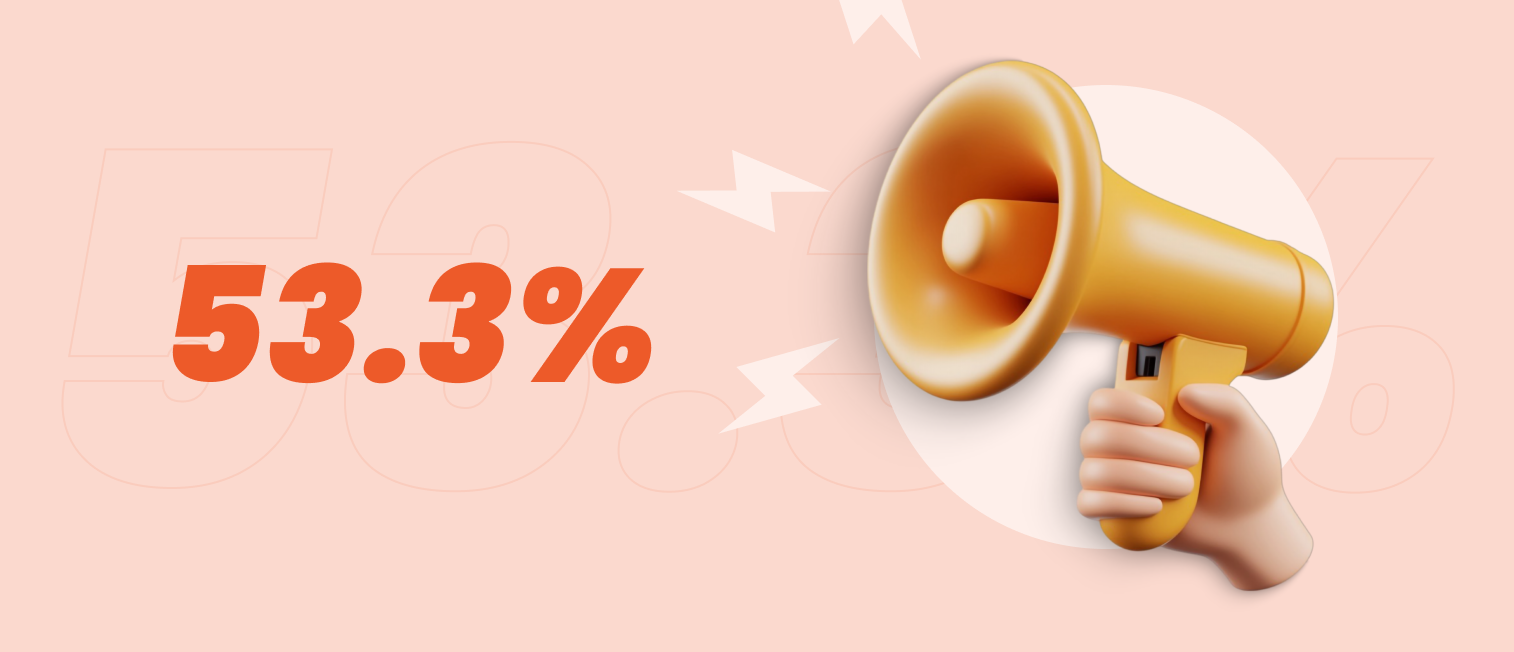
A smart referral program rewards both the advocate and the new customer. Whether it’s discounts, store credit, or exclusive perks, incentives should be aligned with your brand and customer behavior.
9. 49.1% offer a customer loyalty program
Loyalty isn’t just a warm, fuzzy feeling—it’s measurable.
About 49.1% of Shopify stores invest in customer loyalty programs. These programs increase lifetime value (LTV), reduce churn, boost brand awareness, and give shoppers a reason to come back again and again.

The most effective ones are tiered, gamified, and offer rewards beyond discounts. Apps like Smile.io or Yotpo Loyalty make setup a breeze. Just make sure your rewards actually feel rewarding.
10. 40% use A/B testing tools like VWO, Nosto & Shoplift
You can’t optimize what you don’t measure.
Only 40% of stores are using A/B testing tools like VWO, Nosto, or Shoplift. That means 60% are still guessing instead of testing.
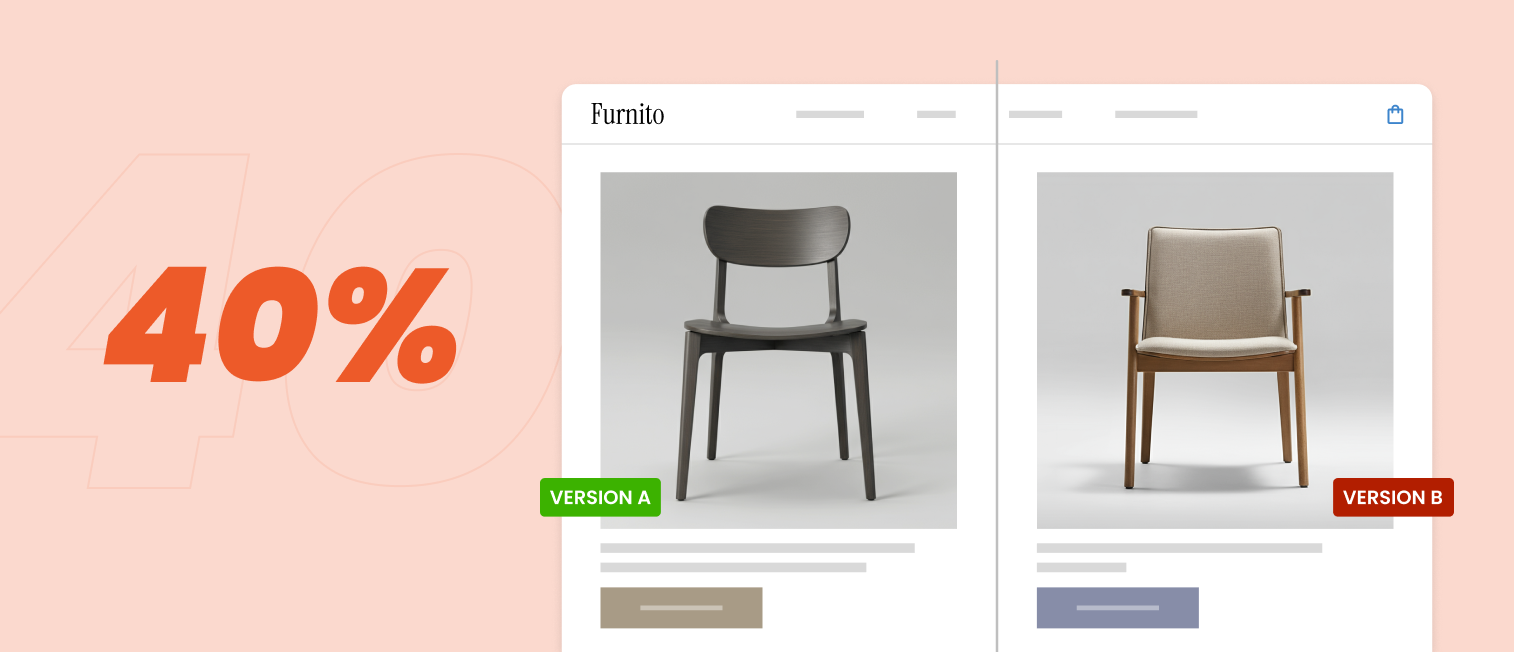
From product pages to CTA buttons to banner headlines, testing can yield serious gains. Want to move the needle in 2026? Run structured experiments with clear hypotheses and let the data tell the story.
11. Instagram is used by 99.1% of stores
Social media marketing isn’t just part of the strategy—it is the strategy for many Shopify brands.
According to social media marketing statistics, 99.1% of stores are active on Instagram, engaging with vast numbers of social media users. Facebook follows close behind at 92.8%. Twitter (now X) is still hanging on with 65.6%, while YouTube (62.8%), TikTok (58.2%), and Pinterest (53.8%) round out the rest.
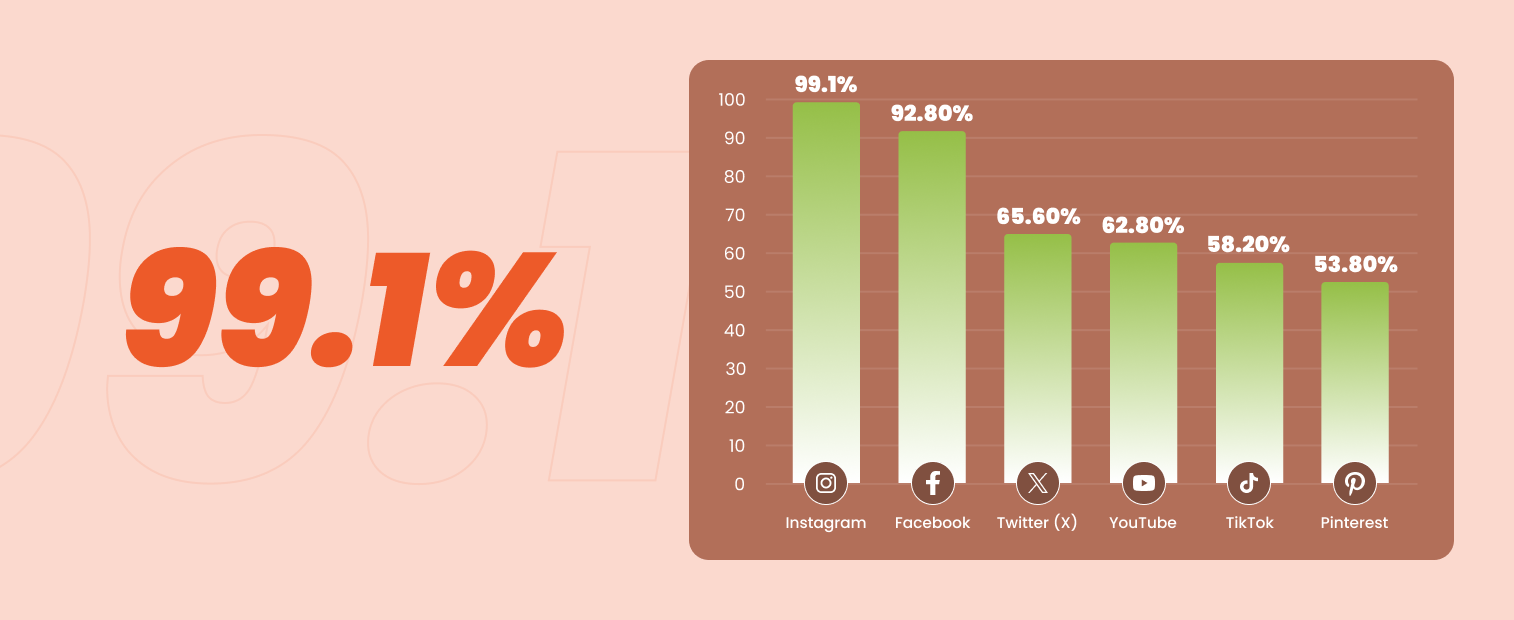
Instagram’s dominance is no surprise—it’s a visual, commerce-friendly social media platform, it’s packed with features like Stories, Reels, and Shopping, and internet users simply love it.
But what’s interesting is how social media platforms like TikTok and Pinterest, while lower in usage, are seeing explosive engagement and purchase intent, especially among Gen Z and niche audiences.
FAQ
When is the best time to use A/B testing in a Shopify store?
Start testing once you have steady traffic—ideally 1,000+ visitors a month on a page. Begin with high-impact areas like product titles, CTA buttons, homepage banners, or free shipping thresholds. Test one variable at a time, and let your experiments run long enough to get statistically valid results.
What kind of offers convert best in popups?
Discounts still reign supreme—10% off the first order is a classic for a reason. But don’t sleep on gated content (like style guides or size charts), giveaways, or early access to launches. Just make sure your offer is clear, immediate, and tied to something your audience actually wants.
How can I use these marketing statistics to improve my Shopify store?
Start by benchmarking. Compare your current strategies—email, SMS, popups, ads—against what the top-performing 1,000 stores are doing. If you’re not using SMS and nearly 60% of others are (with 98% open rates), that’s a signal to test the waters. These stats aren’t just numbers—they’re roadmaps to what’s working right now.
Wrapping up
There you have it—11 stats, tons of insights, and more than a few reasons to rethink your digital marketing strategy.
Digital marketing for Shopify stores isn’t just about doing more—it’s about doing what works better. Let the data guide you, test constantly, and never stop optimizing.
And hey—if your competitor is still ignoring SMS or sleeping on A/B testing? That’s your opening.
Ready to outsmart the competition? You’ve got the stats. Now go make them count.
Migration has never been easier
We made switching a no-brainer with our free, white-glove onboarding service so you can get started in the blink of an eye.
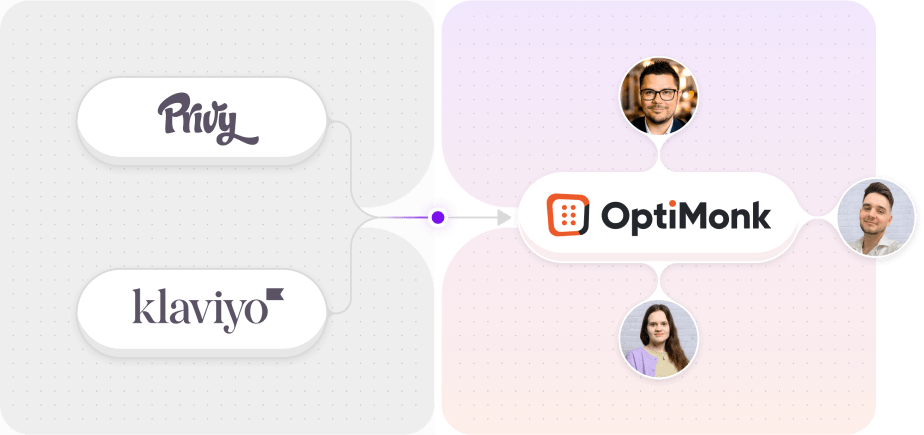
What should you do next?
Thanks for reading till the end. Here are 4 ways we can help you grow your business:
Boost conversions with proven use cases
Explore our Use Case Library, filled with actionable personalization examples and step-by-step guides to unlock your website's full potential. Check out Use Case Library
Create a free OptiMonk account
Create a free OptiMonk account and easily get started with popups and conversion rate optimization. Get OptiMonk free
Get advice from a CRO expert
Schedule a personalized discovery call with one of our experts to explore how OptiMonk can help you grow your business. Book a demo
Join our weekly newsletter
Real CRO insights & marketing tips. No fluff. Straight to your inbox. Subscribe now
Barbara Bartucz
- Posted in
- Ecommerce
Partner with us
- © OptiMonk. All rights reserved!
- Terms of Use
- Privacy Policy
- Cookie Policy













